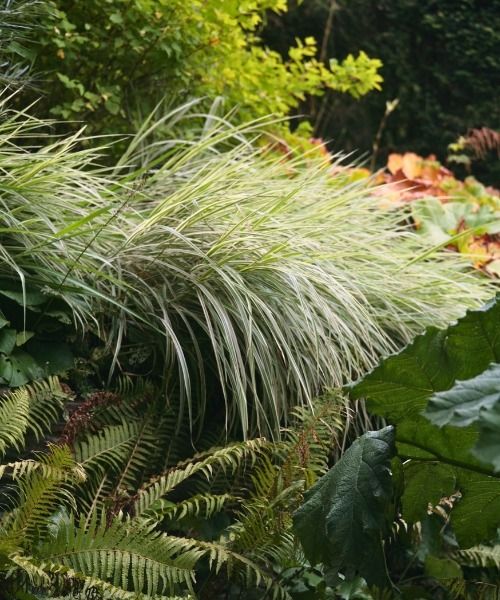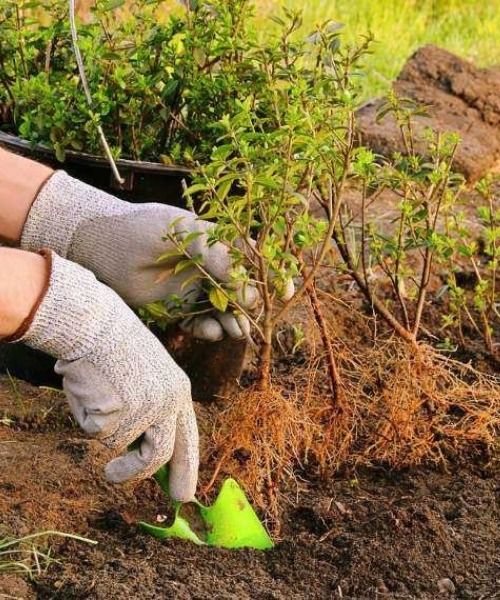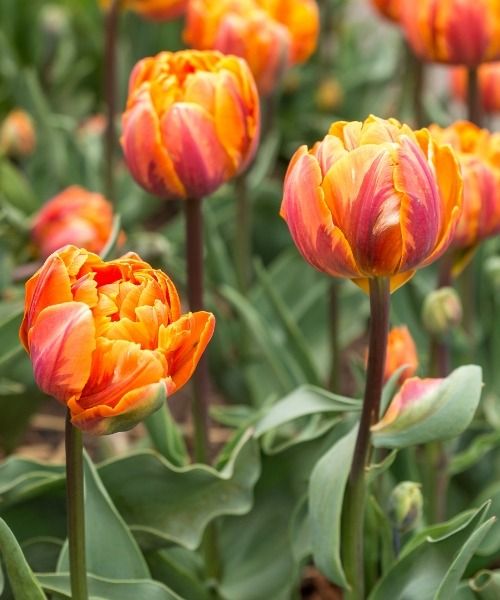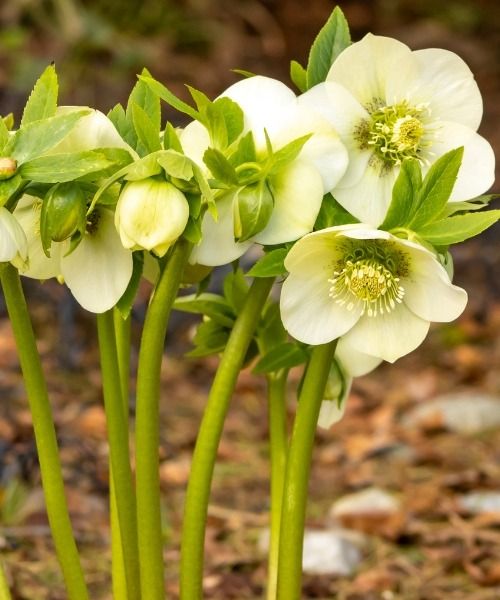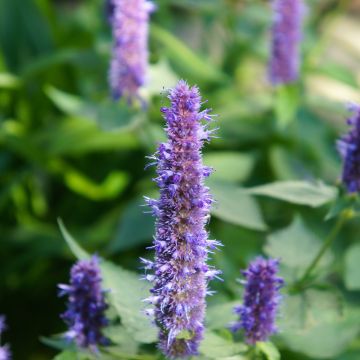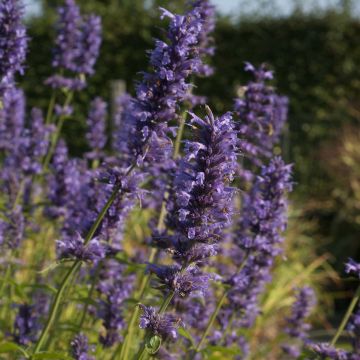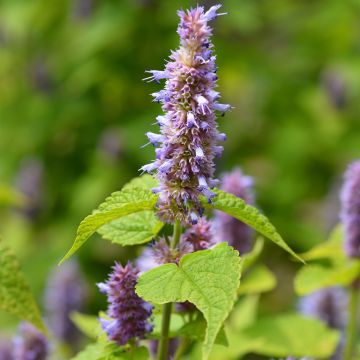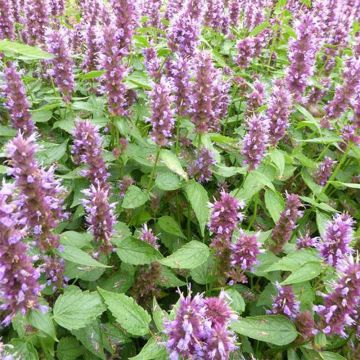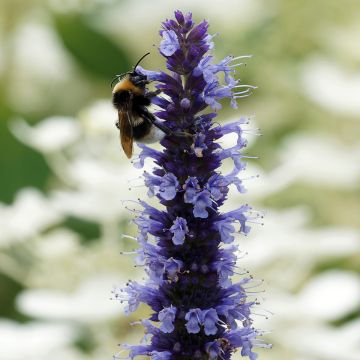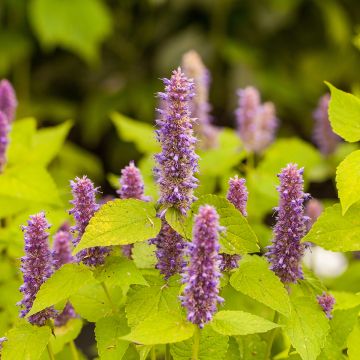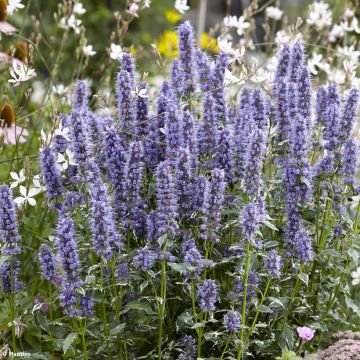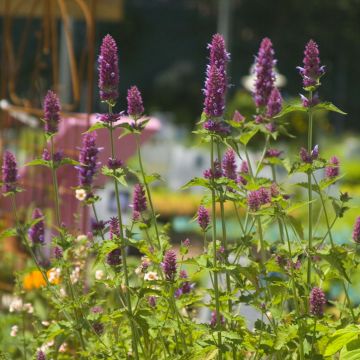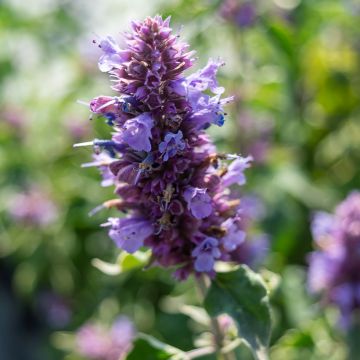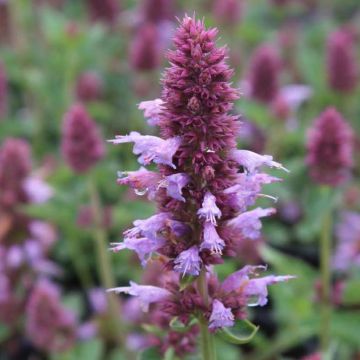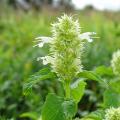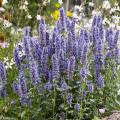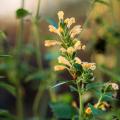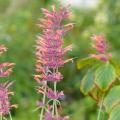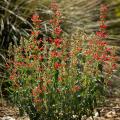Blue Agastache
Does this plant fit my garden? Set up your Plantfit profile →
Available in 2 sizes
Available in 1 sizes
Available in 1 sizes
Available in 1 sizes
Available in 1 sizes
Available in 2 sizes
Available in 1 sizes
Available in 1 sizes
Available in 1 sizes
Available in 2 sizes
Available in 1 sizes
Available in 1 sizes
Explore our range of Agastaches with blue, mauve or violet flowers. Anise Hyssop, or Fennel Agastache - but also pretty hybrid varieties such as 'Blue Fortune' or 'Blue Boa' - are robust perennials that produce long honey-scented flower spikes, in shades ranging from lavender blue to dark violet. These flowers appear throughout the summer, on a beautiful clump of aromatic vegetation. The leaves of these agastaches have an aroma that does indeed evoke fennel, anise, and mint. It is a plant that forms a mass of vertical, more or less branched stems, reaching between 60 cm (24in) and 1 m (3ft) in height when flowering, depending on the varieties. Some selections such as 'Golden Jubilee' combine bright golden foliage with a tender mauve flowering, while others, like the Serpentine Agastache, form spectacular clumps 1.50 m (5ft) in height.
In hotter regions agastaches are water-loving plants, but they are more tolerant in cooler northern regions. Planted in a meadow-like garden or simply in a summer border, accompanied by gauras, nepetas and sedums, they offer a bucolic spectacle.
Haven't found what you were looking for?






























